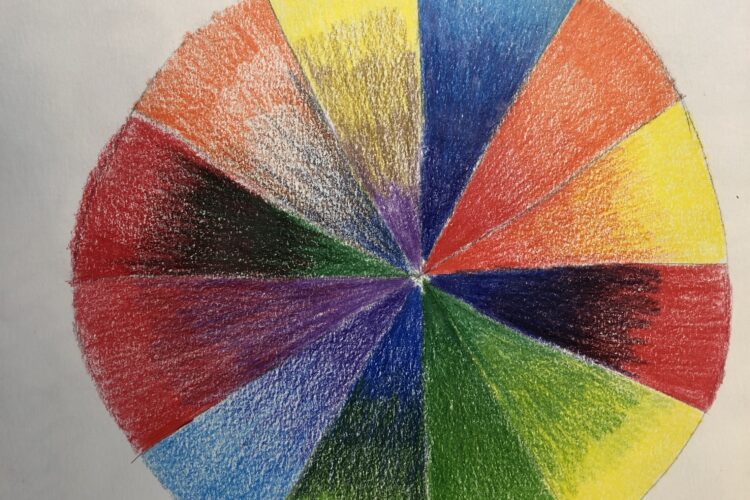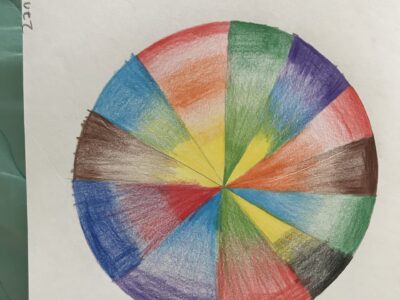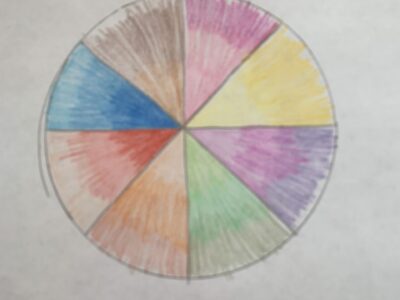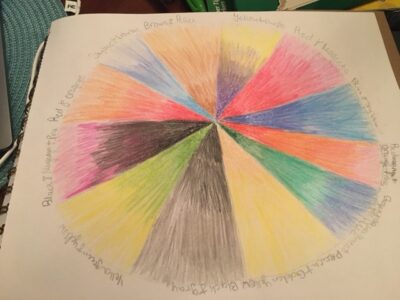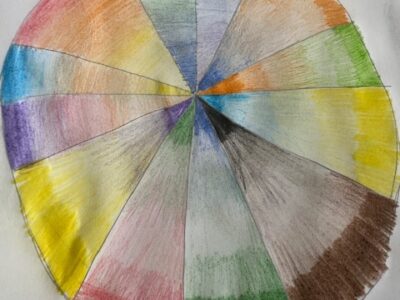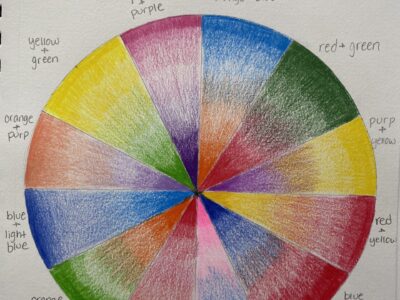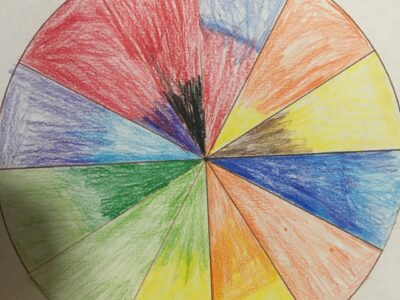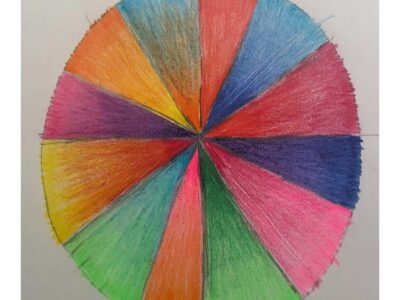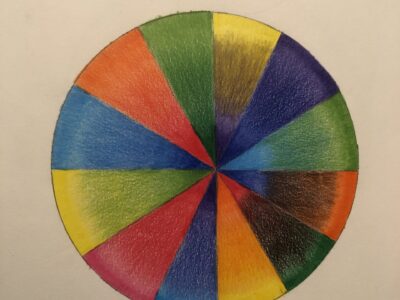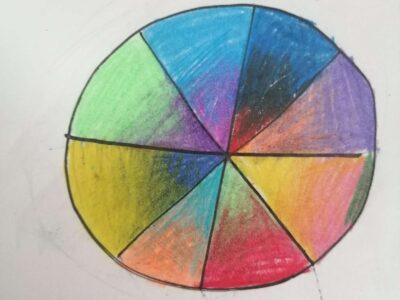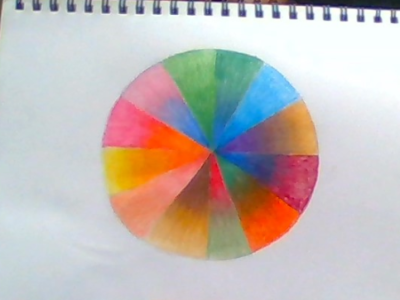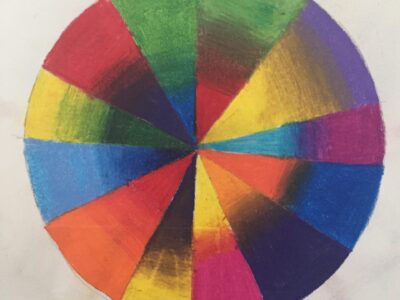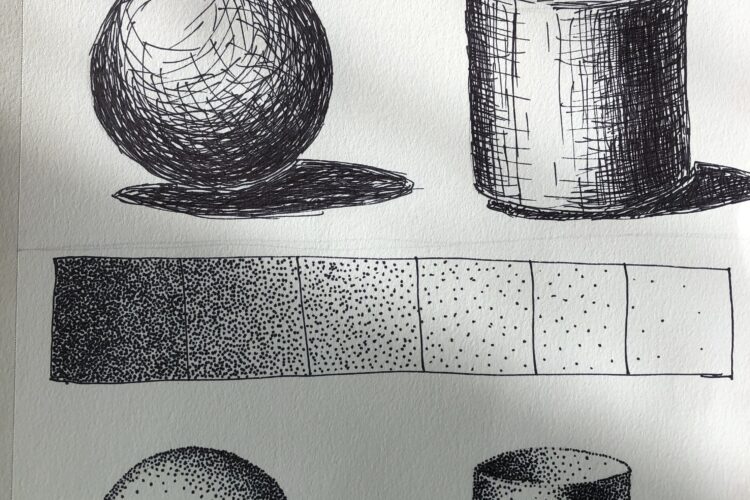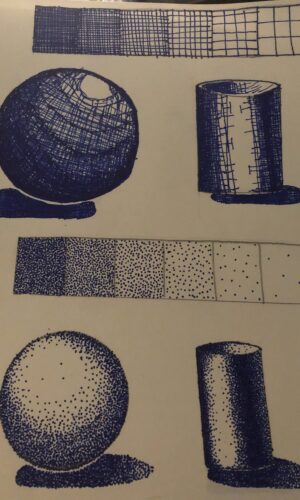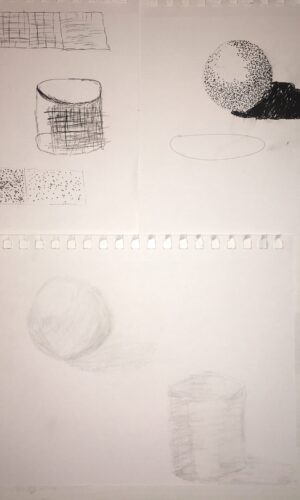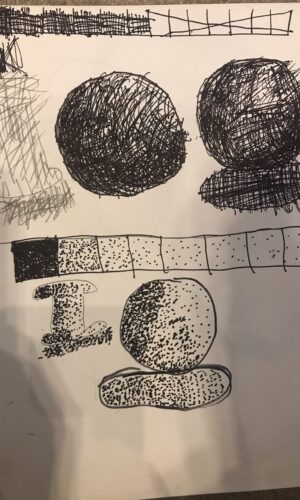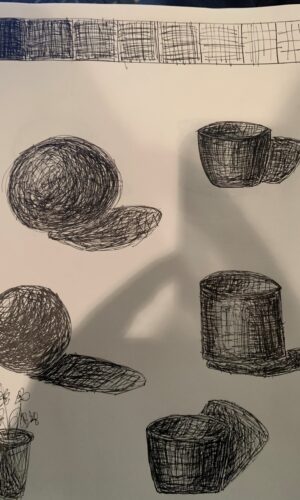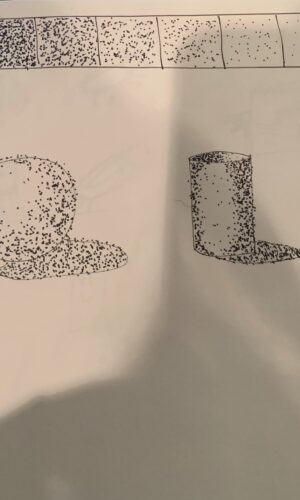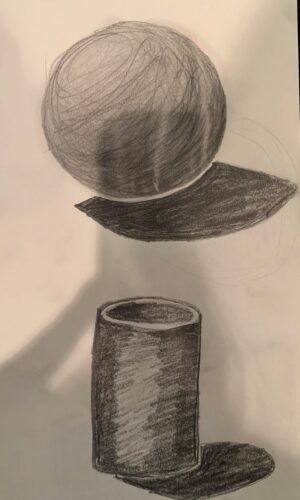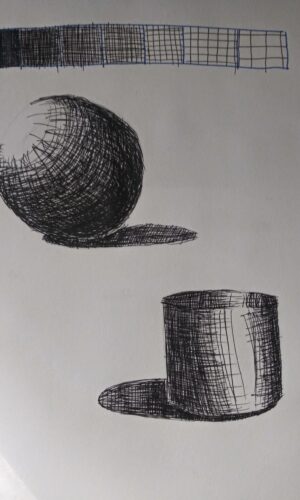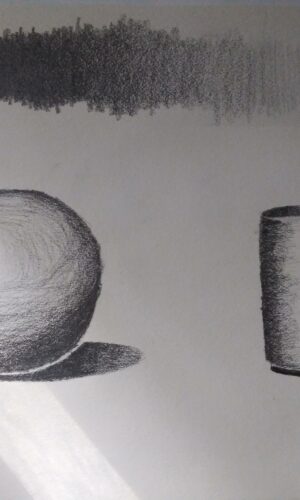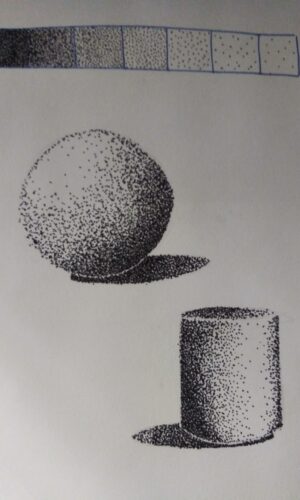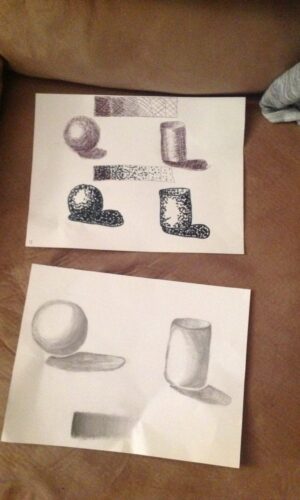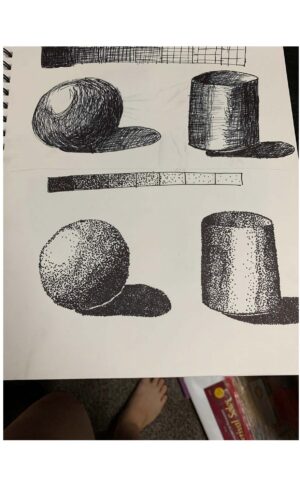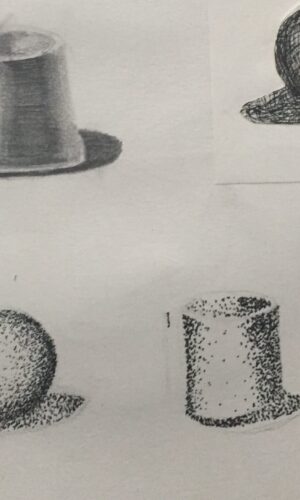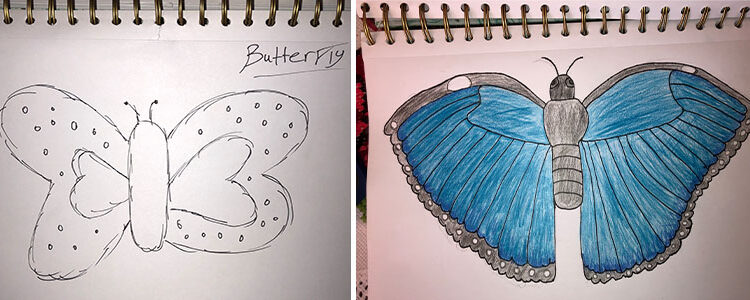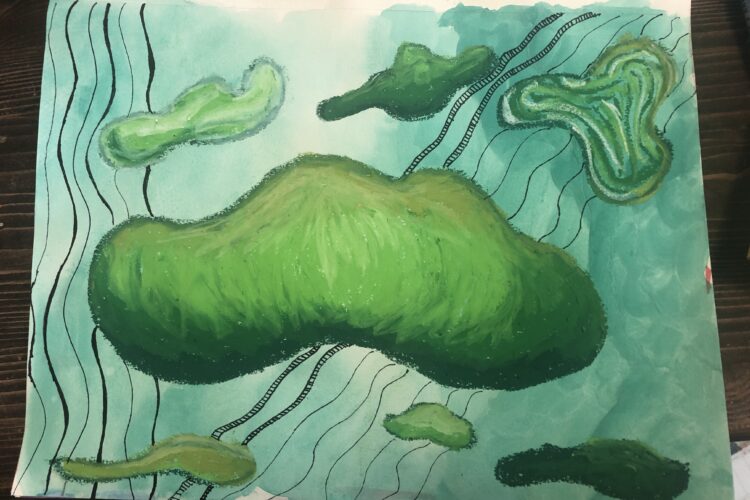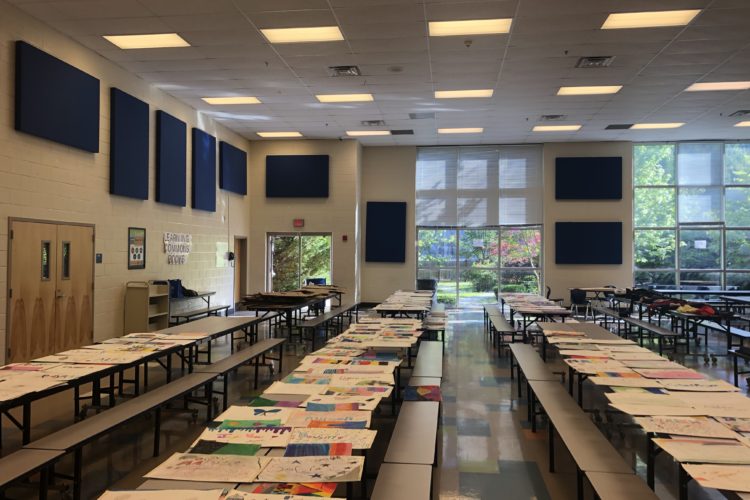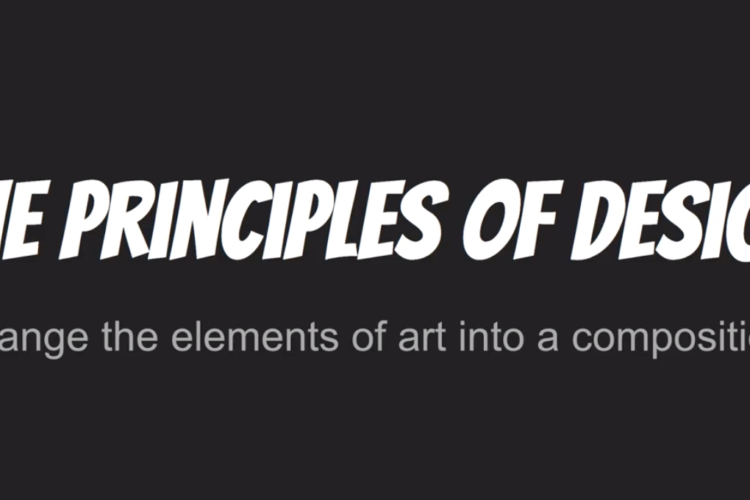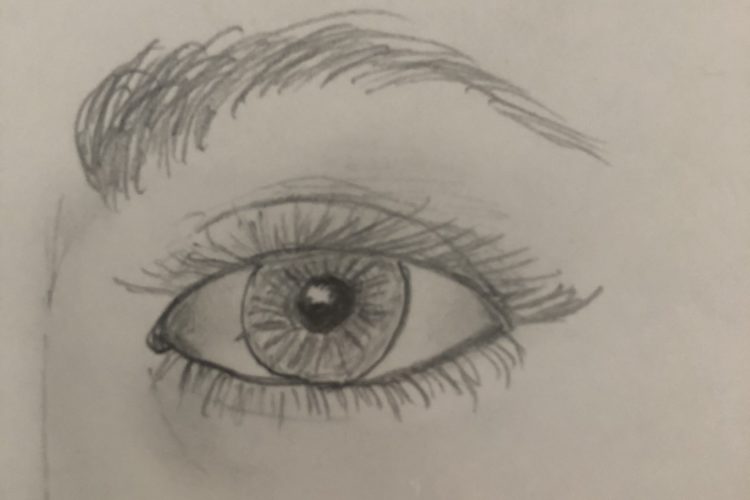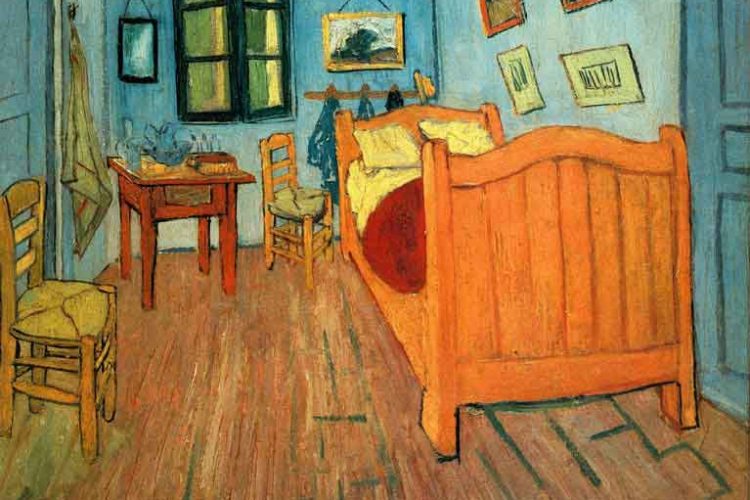Hello! I hope you all enjoyed your spring break and are refreshed and ready to get back to work!
This week’s assignment is for you to draw and color your bedroom. When Van Gogh live in Arles, France he painted the bedroom he lived in. It is a simple painting but still shows his brilliant use of color and his grasp of the element of Space. He used a perspective to show space in the room similar to how we used perspective in art class. I would like for you to draw your bedroom as realistically as possible. I want you to take your time, to try and show three dimensional space, to color it neatly and use difference in value(shades from light to dark) to show form(3-d shapes). This should take you a longer than an hour to complete if you are doing it correctly. Do not rush through this. Add details like the pictures on your walls, the items on your shelves, tables, the floor.
If you want to learn more about the painting by Van Gogh that I have attached to this assignment then go to the link below that I have attached.
I hope you are doing well! I miss seeing you everyday. Please let me know if you have any questions.
Mrs. Wong
